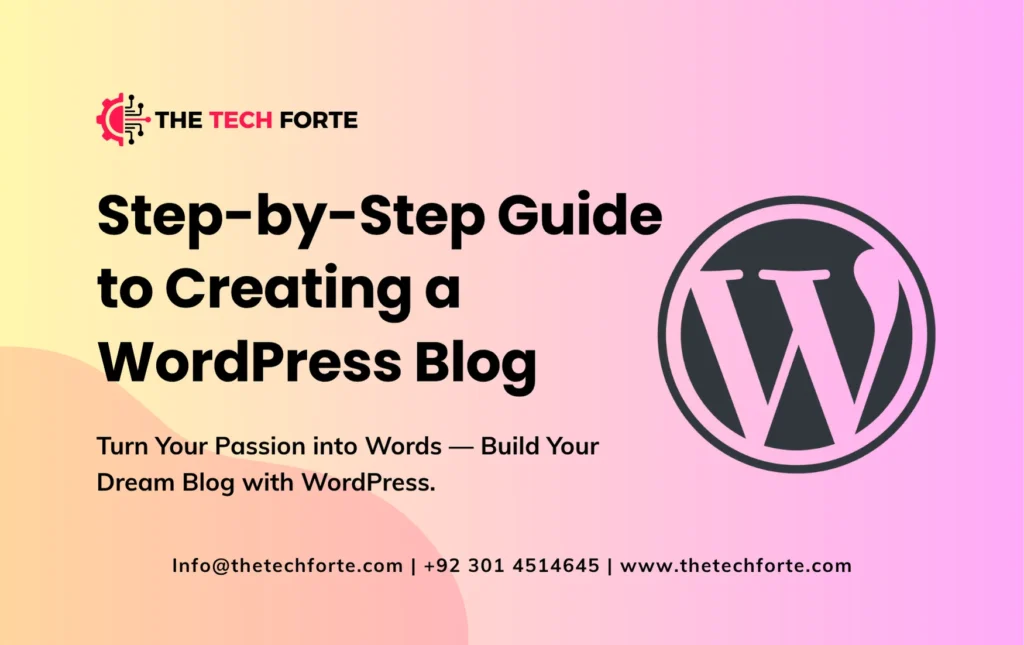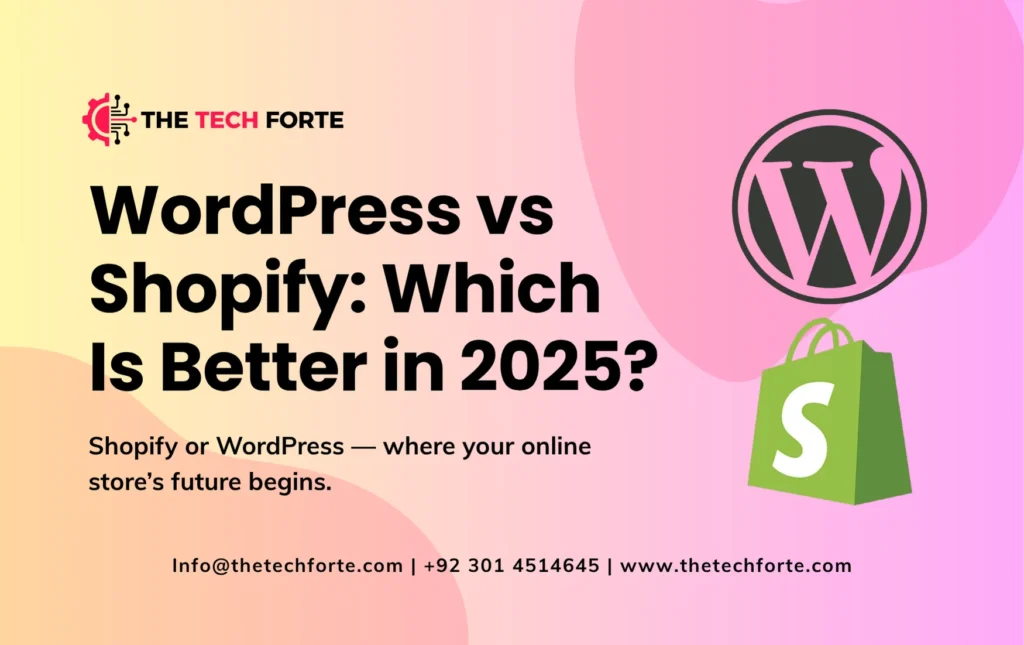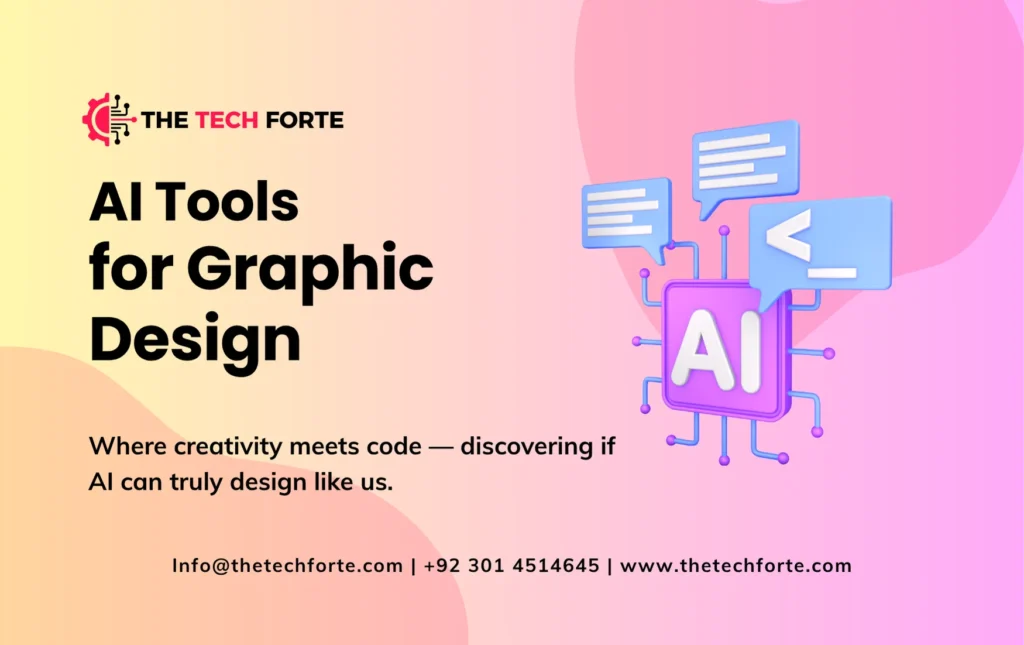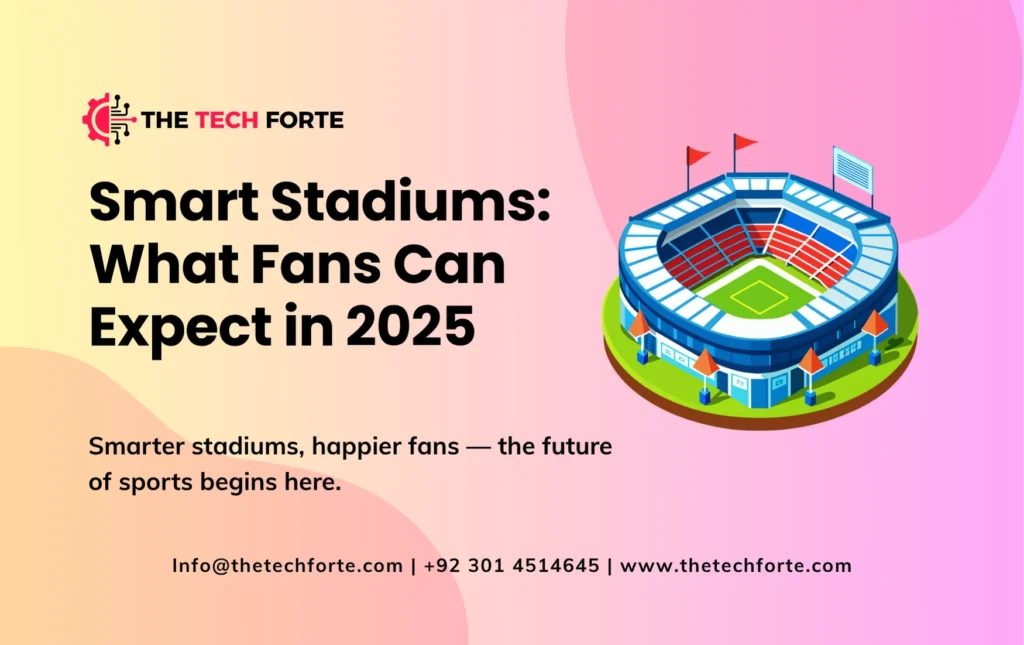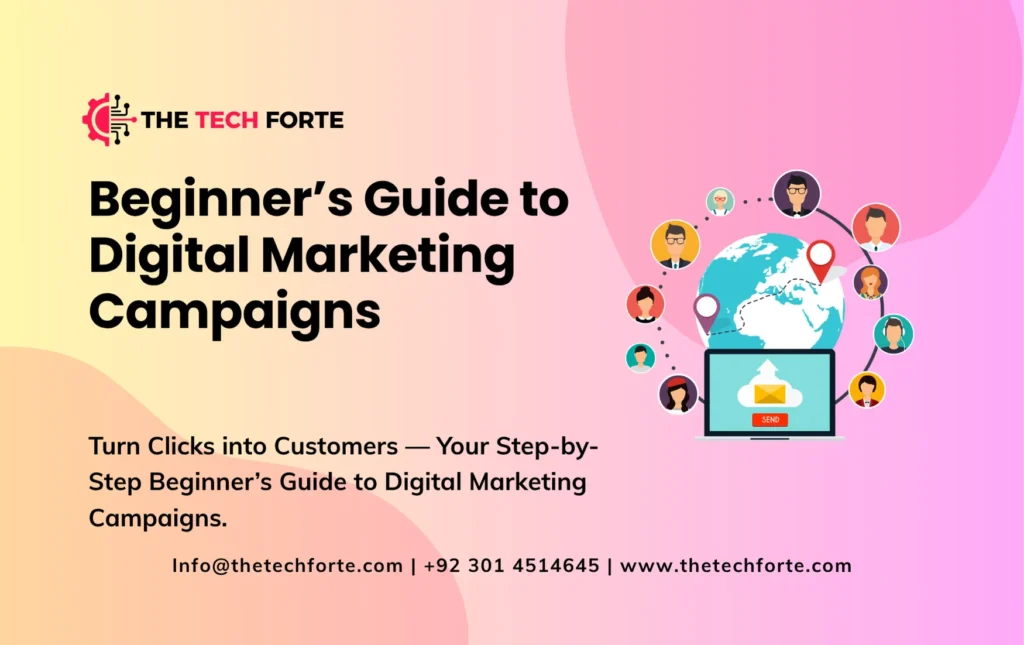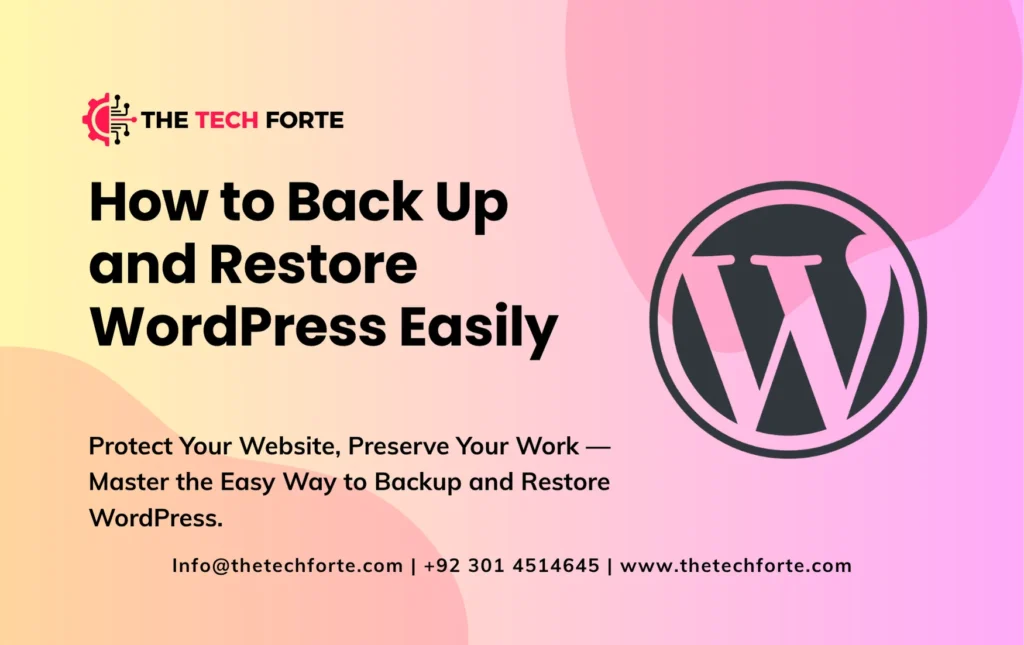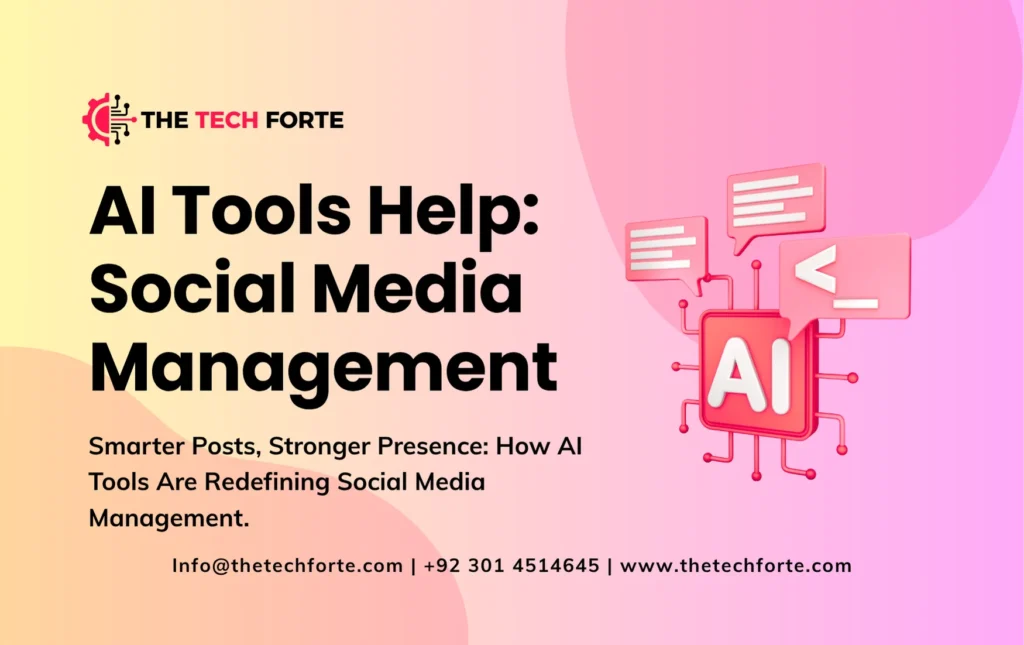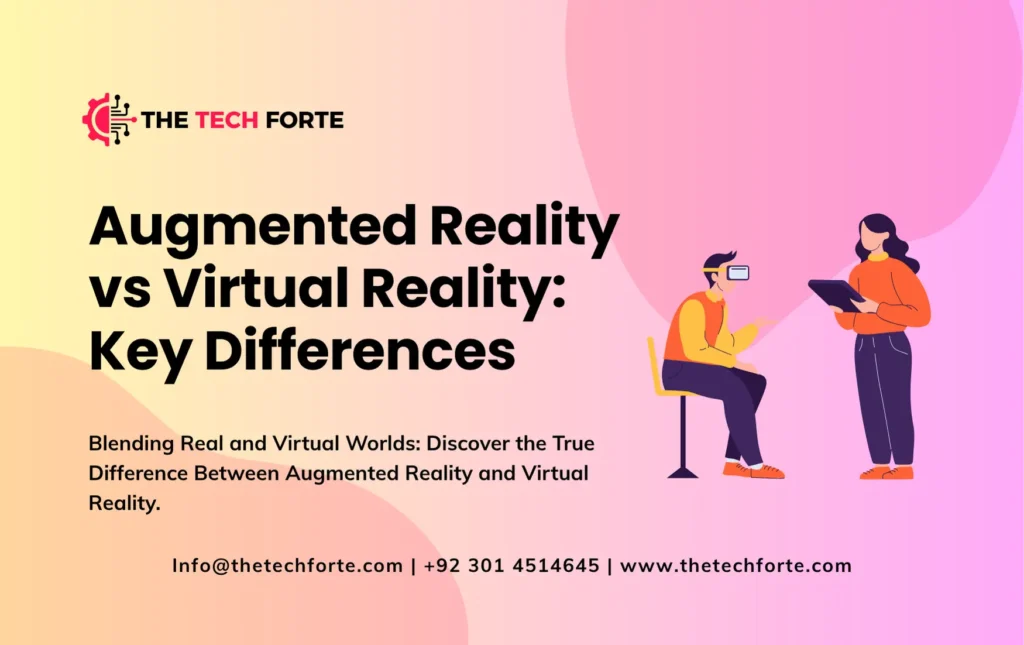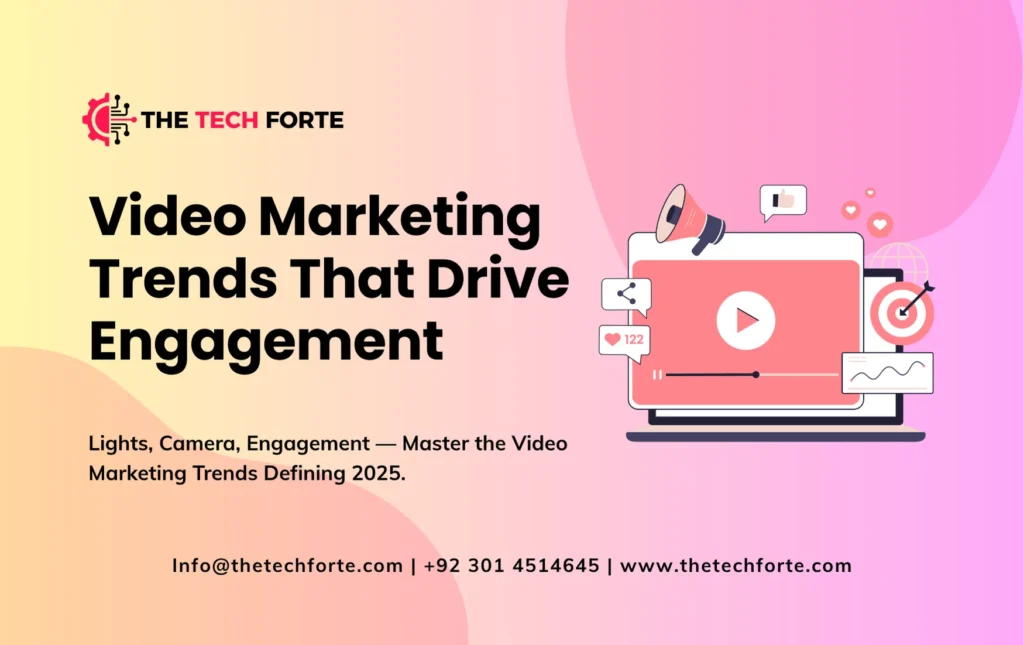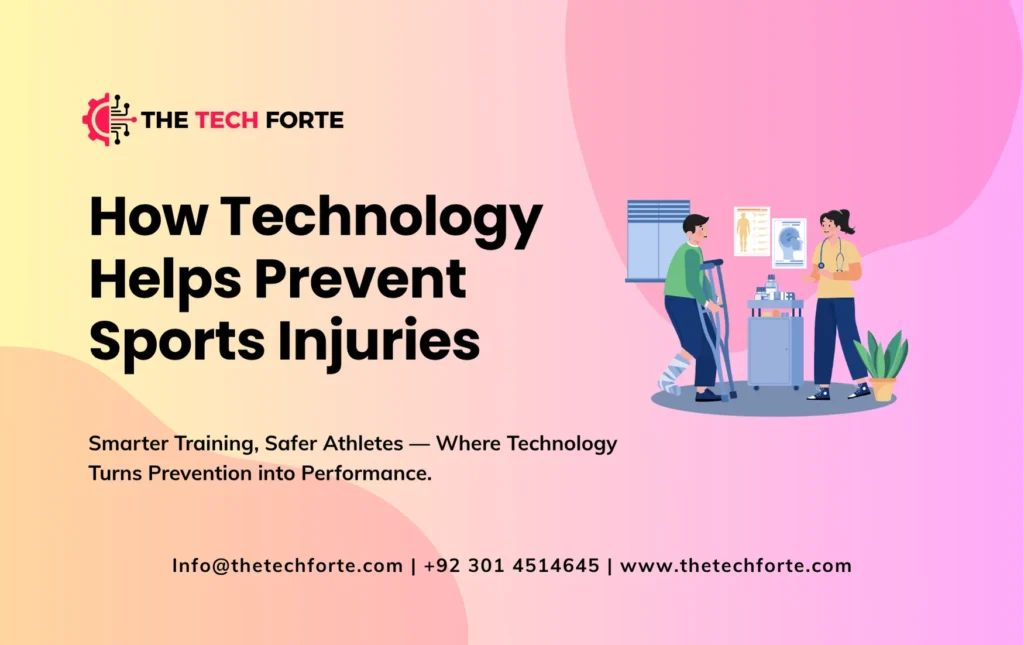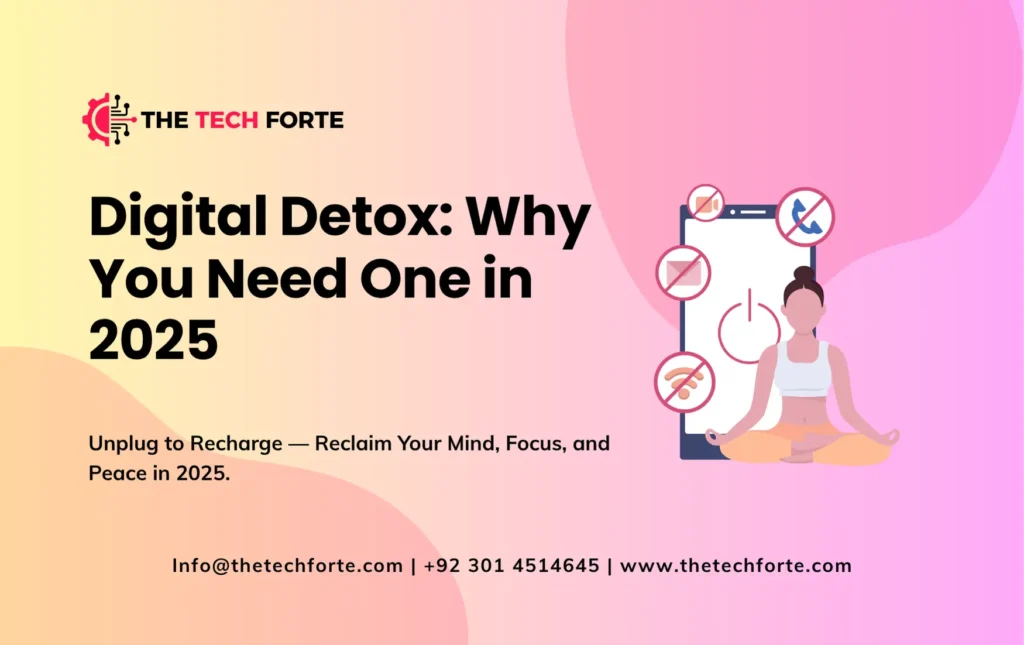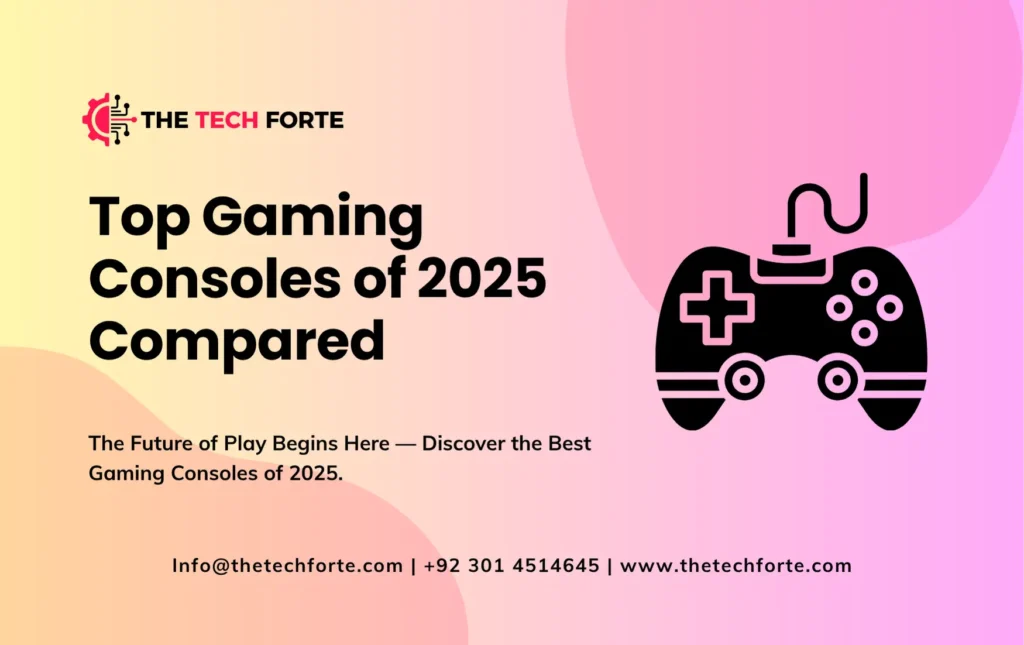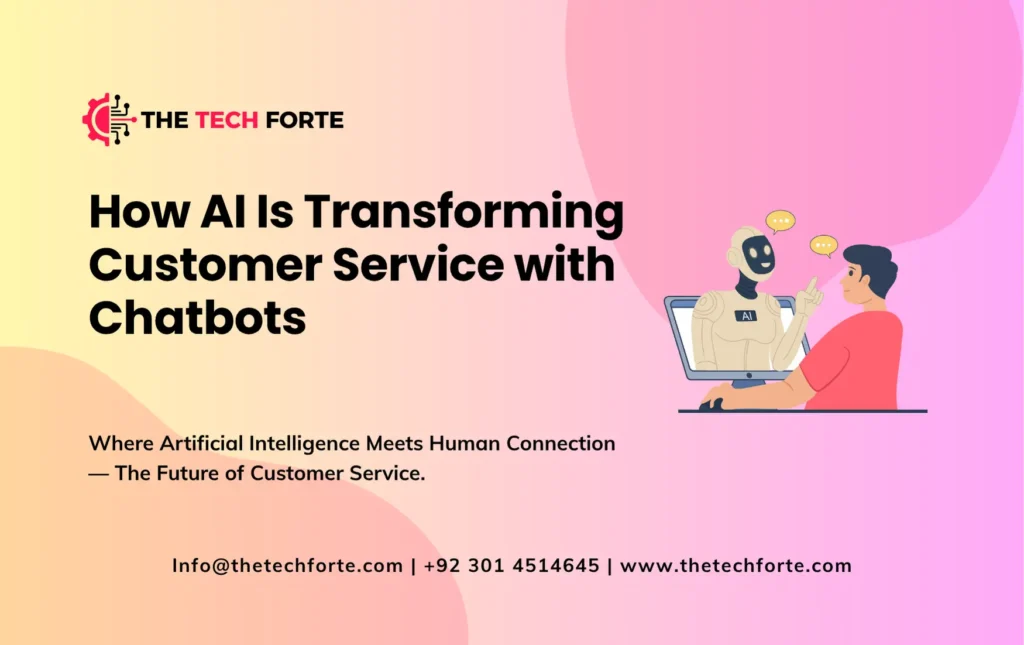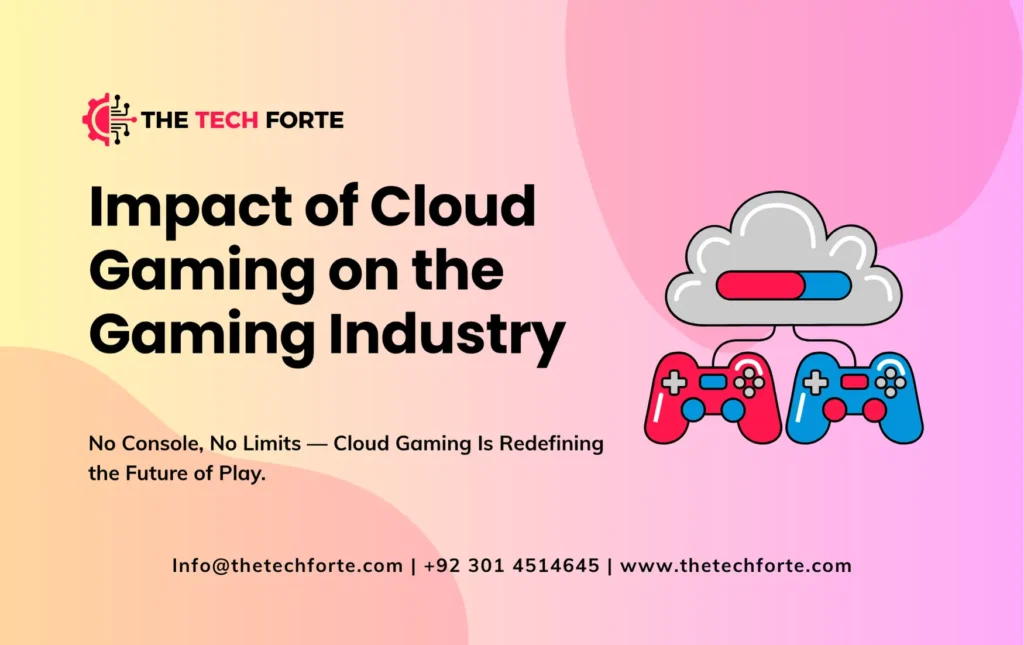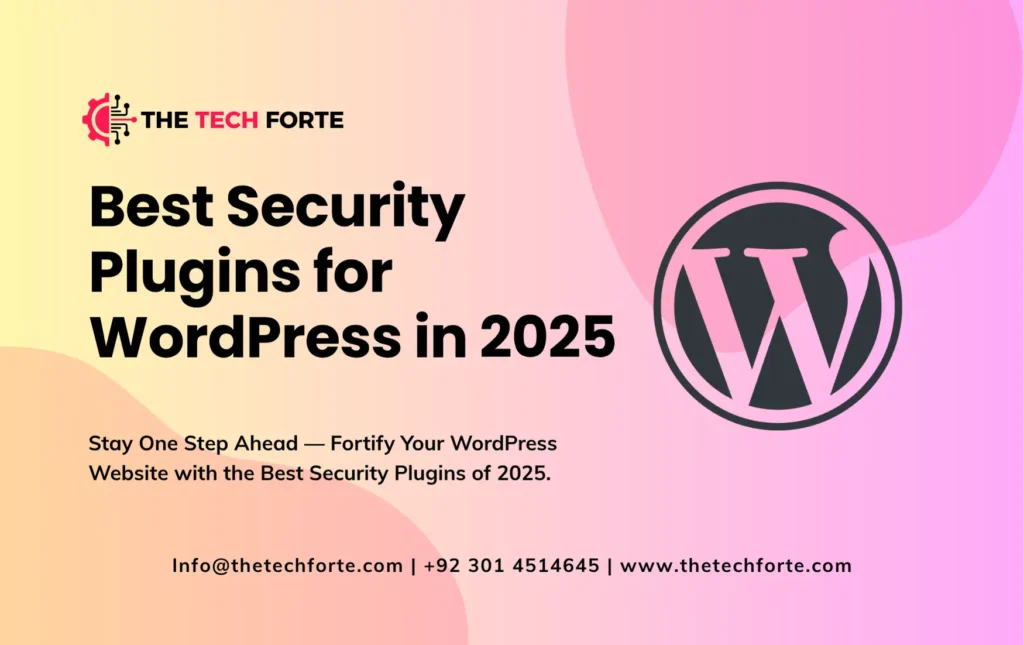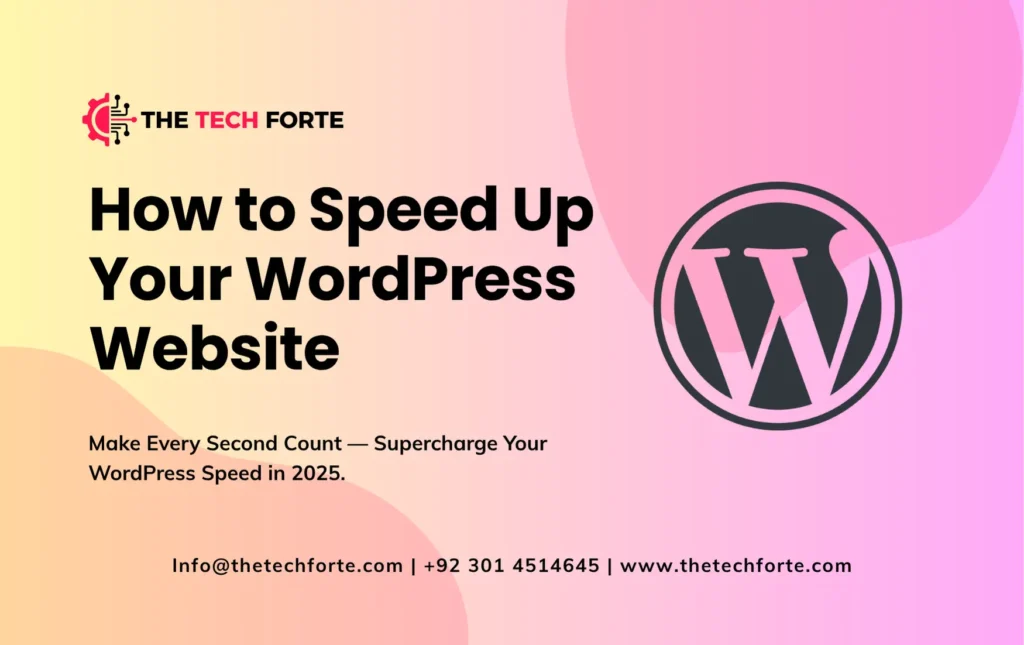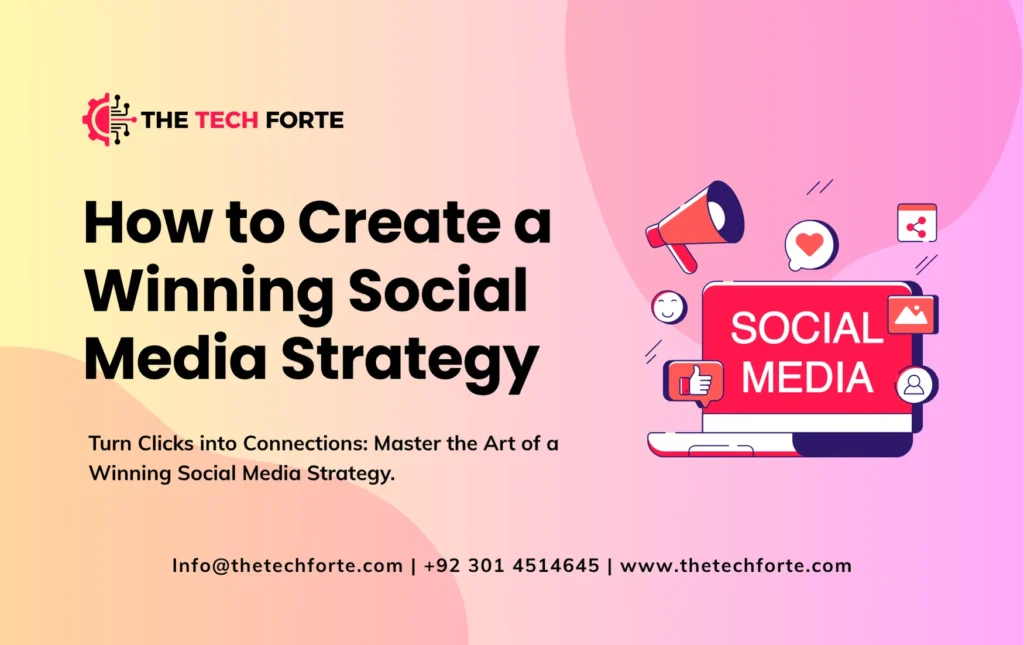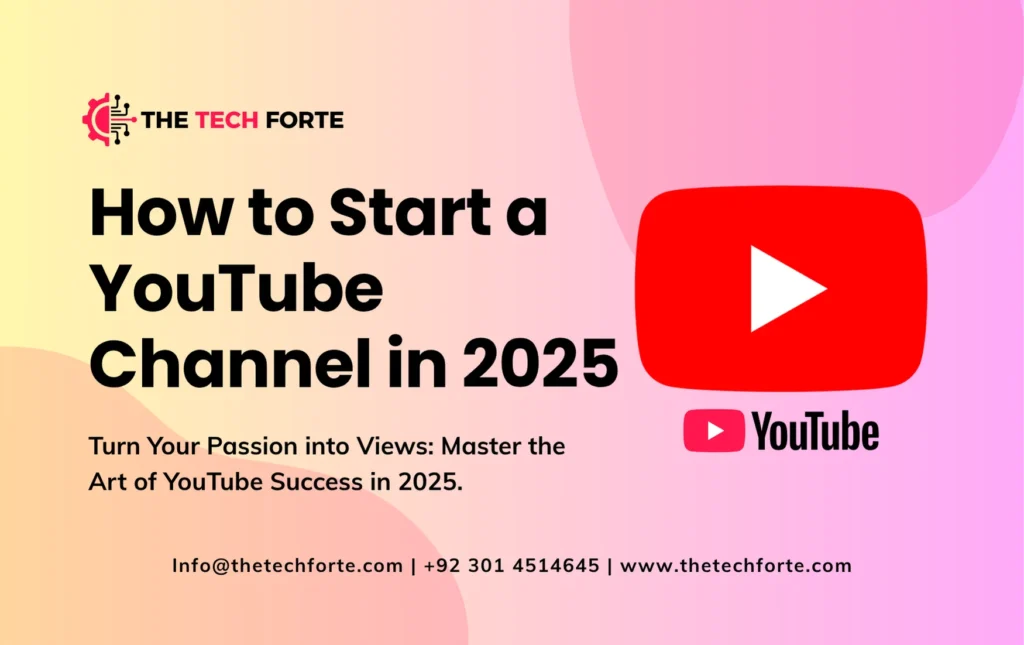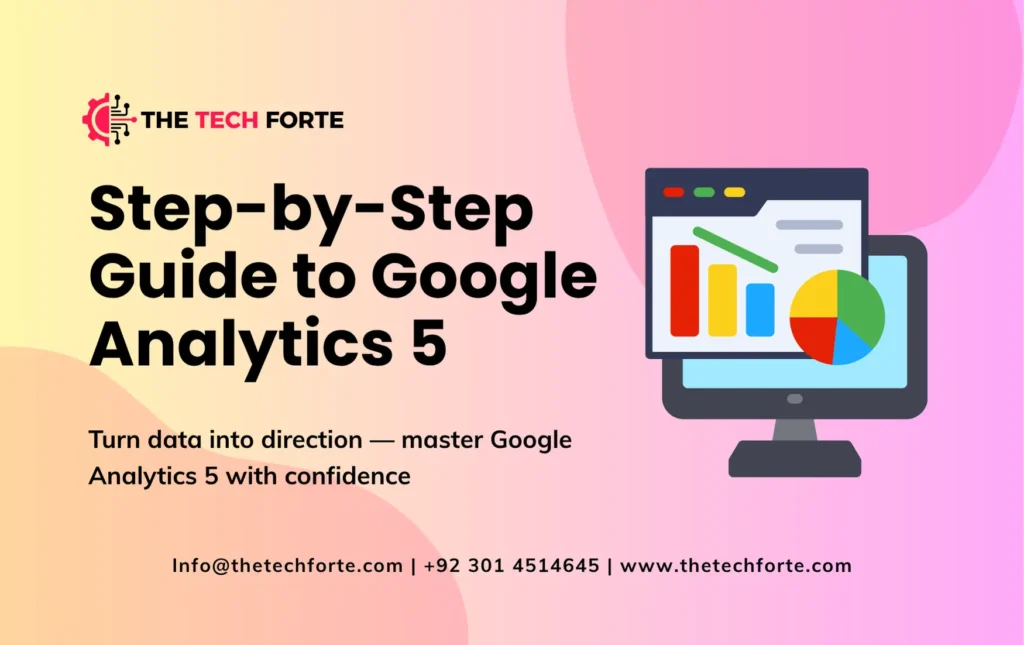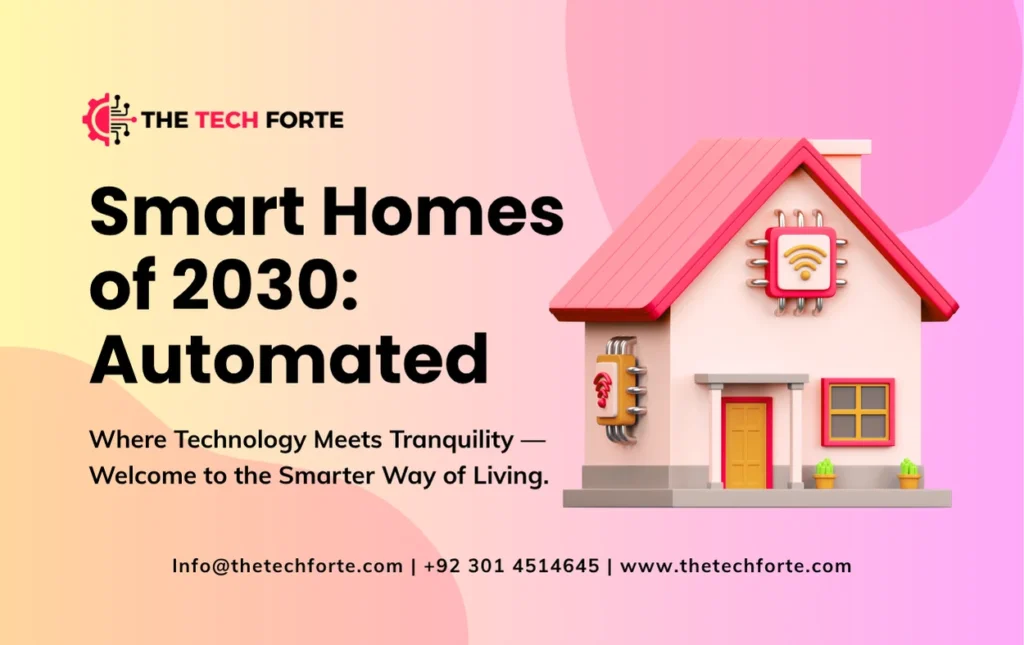Digital Detox: Why You Need One in 2025

In a world where screens dominate nearly every second of our day, a digital detox in 2025 has become more essential than ever. From work emails and endless social media scrolling to constant notifications, our minds rarely find a moment of silence. The average person now spends over 7 hours a day on digital devices — and this constant connectivity is silently affecting our mental health, productivity, and relationships.
This digital detox guide explores the importance of digital detox, its benefits, and simple, actionable ways to unplug and restore balance in your life. Whether it’s a social media detox, a weekend away from your phone, or a full lifestyle shift, the key is to disconnect to reconnect — with yourself and the world around you.
Read More: The Impact of Technology on Sleep and Wellness
What Is a Digital Detox?
A digital detox means intentionally taking a break from electronic devices — smartphones, computers, TVs, tablets, and social media — to reduce stress, improve focus, and restore emotional well-being.
In 2025, with remote work, digital classrooms, and online entertainment at their peak, our dependency on technology has reached new heights. This has made it crucial to consciously manage screen time and create healthy tech habits.
A detox doesn’t mean you must abandon technology completely. Instead, it’s about achieving digital balance in daily life, learning to use devices mindfully rather than compulsively.
Why You Need a Digital Detox in 2025
The pace of technological advancement in 2025 has made constant connection almost inescapable. While digital tools make life convenient, overuse leads to digital overload, stress, and mental exhaustion.
You need a digital detox to reset your mind and reclaim control over your attention. Excessive screen time affects sleep quality, concentration, and emotional regulation. Notifications trigger dopamine spikes, trapping users in addictive cycles of checking and scrolling.
Taking a break allows your brain to reset, improves mental health, and restores genuine human connections — something our digital world often replaces with virtual substitutes.
The Benefits of a Digital Detox
The benefits of digital detox go far beyond just reducing screen time. Here are the most transformative outcomes you can expect:
- Improved Focus: Stepping away from devices helps reduce distractions and enhances productivity.
- Better Sleep: Without blue light and late-night scrolling, your circadian rhythm returns to its natural state.
- Reduced Anxiety: Unplugging decreases information overload and comparison stress from social media.
- Stronger Relationships: A tech-free lifestyle encourages genuine, face-to-face communication.
- Increased Mindfulness: You become more aware of your surroundings and develop mental clarity.
In short, disconnecting digitally helps you reconnect emotionally, mentally, and even physically.
The Effects of Too Much Screen Time
The effects of too much screen time go beyond eye strain. Studies show that overexposure to screens can increase anxiety, depression, and even physical discomfort like neck pain or headaches.
Excessive scrolling on social media fosters unrealistic comparisons and reduces self-esteem. Constant exposure to notifications creates a state of mental fatigue, leading to shorter attention spans and restlessness.
Moreover, the constant digital input prevents deep rest and creativity — two things our minds need to thrive. Recognizing these symptoms early is the first step toward digital well-being and a more balanced lifestyle.
Mental Health and Digital Detox: A Vital Connection
Your mental health and digital detox are closely linked. Overstimulation from screens can keep your brain in a constant state of alertness, increasing cortisol (the stress hormone) and reducing relaxation.
A digital detox provides mental stillness, helping you reconnect with your emotions and surroundings. Mindful breaks from technology can reduce anxiety, improve emotional intelligence, and boost self-awareness.
Practicing mindfulness and digital detox together — such as meditating without your phone or journaling instead of scrolling — can significantly improve overall emotional stability and happiness.
How to Do a Digital Detox: Step-by-Step Guide
Wondering how to do a digital detox effectively? Here’s a practical step-by-step approach you can start today:
- Set Clear Boundaries: Choose specific times of the day to stay offline.
- Turn Off Notifications: Reduce temptation by disabling non-essential alerts.
- Designate Tech-Free Zones: Keep devices out of the bedroom or dining area.
- Replace Digital Time: Read, exercise, or go outdoors instead of scrolling.
- Plan a Weekend Digital Detox: Spend a full day offline every week or month.
- Track Screen Time: Use apps to monitor and gradually reduce daily usage.
These steps for digital detox are simple but powerful in breaking the habit of constant digital connection.
Social Media Detox 2025: Reclaiming Your Attention
The social media detox 2025 movement has gained momentum as more people realize the emotional toll of online platforms. Social media often fosters comparison, distraction, and anxiety — especially when algorithms are designed to keep you hooked.
By taking a social media detox, even for a few days, you’ll notice increased focus, improved self-esteem, and better time management. Many individuals now adopt “Tech-Free Sundays” or “Digital Sabbaths” to recharge mentally.
In 2025, balancing tech-life is not about deleting social apps forever — it’s about using them consciously and setting healthy boundaries.
Read More: Top Health Tech Gadgets Transforming Wellness in 2025
Digital Detox and Productivity: Why Less Is More
A digital detox doesn’t just benefit mental health — it also boosts productivity. Constant switching between apps, emails, and messages reduces concentration. By cutting back on unnecessary device use, you allow your brain to focus on one task at a time.
Research shows that workers who take screen breaks are 30% more productive than those who remain constantly connected. When you step away, your brain processes information more effectively, improving creativity and decision-making.
This makes digital balance in daily life a must-have strategy for both personal and professional growth in 2025.
Weekend Digital Detox Ideas
If a full detox feels overwhelming, start small with these weekend digital detox ideas:
- Spend a day hiking or outdoors without your phone.
- Have a tech-free meal with friends or family.
- Replace your evening Netflix binge with journaling or reading.
- Try a digital detox challenge 2025 — such as 24 hours without screens.
- Dedicate mornings to mindfulness, yoga, or meditation before checking devices.
These small breaks help reduce digital dependency and make unplugging a sustainable habit.
Building Healthy Tech Habits for Long-Term Balance
The goal of a digital detox isn’t to reject technology — it’s to form healthy tech habits that promote digital wellbeing. Setting daily screen limits, practicing device-free mornings, and prioritizing real-world interactions are great starting points.
Encourage balance by replacing digital activities with creative ones — painting, cooking, exercising, or spending time in nature. Over time, these changes foster a tech-life balance that enhances your happiness and focus.
The key is mindfulness: use technology as a tool, not a trap.
Digital Detox and Relationships: Reconnecting in Real Life
Technology has improved communication, but also created invisible walls between people. Many relationships today suffer from “phubbing” — ignoring someone to check your phone.
A digital detox allows you to unplug from technology and rebuild authentic connections. Eye contact, active listening, and shared offline experiences strengthen bonds more than any digital message can.
Couples and families practicing tech-free evenings report higher satisfaction and emotional intimacy. The message is simple — put down the phone, look up, and truly engage.
Digital Detox Challenge 2025: A New Wellness Trend
The digital detox challenge 2025 has become a global trend, with influencers, wellness coaches, and companies encouraging people to unplug. These challenges vary from 24-hour device breaks to week-long disconnection retreats.
Many participants report better sleep, improved creativity, and reduced stress after even short detox periods. The success of these challenges shows that digital overload recovery is achievable — and deeply rewarding.
Whether you join an online community or do it solo, participating in a digital detox challenge can mark the beginning of a healthier, more mindful lifestyle.
The Importance of Digital Detox in 2025
The importance of digital detox in 2025 cannot be overstated. With AI-powered notifications, immersive VR worlds, and the rise of the metaverse, digital immersion is now constant.
Without boundaries, people risk burnout, attention fatigue, and emotional disconnection. A digital detox helps you reset priorities, regain control, and focus on what truly matters — real-world experiences and self-growth.
Simply put, it’s not just about turning off your devices — it’s about turning your life back on.
FAQs:
Why do I need a digital detox?
Constant connectivity strains your mental health, reduces focus, and impacts sleep. A digital detox helps restore balance.
How do I start a digital detox?
Begin by identifying your most-used apps, setting daily screen limits, and planning short breaks from your phone.
Is social media detox worth it?
Absolutely. Even a week off social platforms can significantly reduce anxiety and improve self-confidence.
Can I do a digital detox while working online?
Yes. Focus on managing screen time, taking micro-breaks, and limiting non-work-related digital distractions.
How long should a digital detox last?
Start with a few hours daily, then gradually extend to a full weekend or week-long detox. Consistency matters more than duration.
Conclusion: Disconnect to Reconnect
In 2025, the most valuable form of luxury isn’t technology — it’s time and peace of mind. A digital detox offers both. By choosing to unplug from technology, you allow space for creativity, mindfulness, and genuine human connection.
Balancing the digital and real worlds isn’t easy, but it’s essential. Start small, stay consistent, and embrace the journey of digital well-being.
Because in the end, life isn’t found behind a screen — it’s found in every moment you choose to truly be present.



